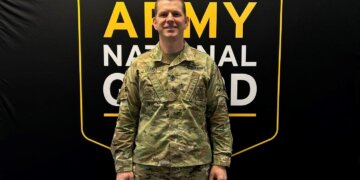When Army Spc. Ryan Witman enlisted in the Army Reserve in 2021, his intention was always to transition to active duty. During his enlistment, the commitment of two days per month and two weeks per year allowed him to balance a full-time school and work schedule. However, when graduation approached, the timing seemed right to take the next step in his military career.
“The opportunities that come with being active are really what I was chasing,“ he said. “I would hear about the active-duty guys doing a demo range once every couple of months – they’d blow stuff up! In the reserves, we were lucky to get a demo range once per year. Sometimes, the unit would go a year or more without that sort of unique training.”
During his three years as a reservist, Witman’s military occupational specialty (MOS) was 12B, combat engineer. But when he transferred to active duty, he chose to cross-train as a 68W, combat medic specialist. It was the career field he had originally wanted to pursue when he joined the reserves but had opted out because Advanced Individual Training (AIT) would have required him to take an additional semester off from school. Now, he is assigned to the 188th Medical Battalion at Joint Base San Antonio-Camp Bullis, Texas, where he works full-time as an active-duty medic.
For Witman, approval for his transfer to active duty took about eight months. For Army Spc. Joey Anne LagunesMendoza, who will be reporting to her first active-duty station at Joint Base Lewis-McChord, Washington, in a few weeks, approval came in about three months. LagunesMendoza emphasized the importance of diligence and initiative in the process, stating, “No one is going to want it as much as you do.”
LagunesMendoza is taking her 68W MOS with her from the reserves and civilian sector to active duty. She looks forward to gaining more hands-on training.
“When I’m active, I’ll actually get to practice more of the combat aspect of my job,” she said. “I’m an emergency medical technician (EMT) in my civilian job, but it’s going to be different dealing with more trauma [cases] in a healthy population.”
Her aspirations to become a registered nurse through programs available to active-duty service members played a key role in her decision to transition. Additionally, immediate access to health care, GI Bill, and VA home loan benefits were crucial considerations, especially as she navigated financial challenges following a divorce.
During the transition to active duty, service members in pay grades E-1 through E-4 have the flexibility to choose a new MOS, as Witman did. According to Army Sgt. 1st Class Vincent Arriola, station commander at Oceanside Recruiting Station, California, service members in pay grades E-5 and E-6 can also choose a new career field, but only from a list of available MOSs provided by the U.S. Army Human Resources Command, based on the Army’s needs. By regulation, part-time service members must have at least six months of time in service before requesting to enlist in active duty. Arriola noted that transitioning from part-time to full-time service is a straightforward process for those seeking a different perspective.
“If they’re thinking about it, they should do it,” he said. “There’s really no time limit for it, and I know a lot of soldiers who want to see and experience more. We can definitely make that happen in active duty, either with their same MOS or a different one if they prefer.”
Part-time service members can begin the process by obtaining a DD Form 386, or Request for Conditional Release, from a recruiter. The form must be routed through the Guard or Reserve chain of command up to the first general officer for approval. Once approved, Army Staff Sgt. Kevin Maddela, deputy commander at Oceanside Recruiting Station, stated that the service member is processed and enlisted into active duty within a day or two, provided they have a completed Standard Form 86 to verify their security clearance.
The length of the process varies based on how quickly the unit completes the paperwork. It also depends on whether the service member needs to qualify for a different MOS by retaking the Armed Services Vocational Aptitude Battery (ASVAB) or undergoing a Military Entrance Processing Station (MEPS) physical exam. If the service member retains the same MOS, they only need to provide their Periodic Health Assessment (PHA) and Individual Medical Readiness (IMR) report to proceed directly to their first duty station and continue their job as an active-duty soldier.
Read comments












































